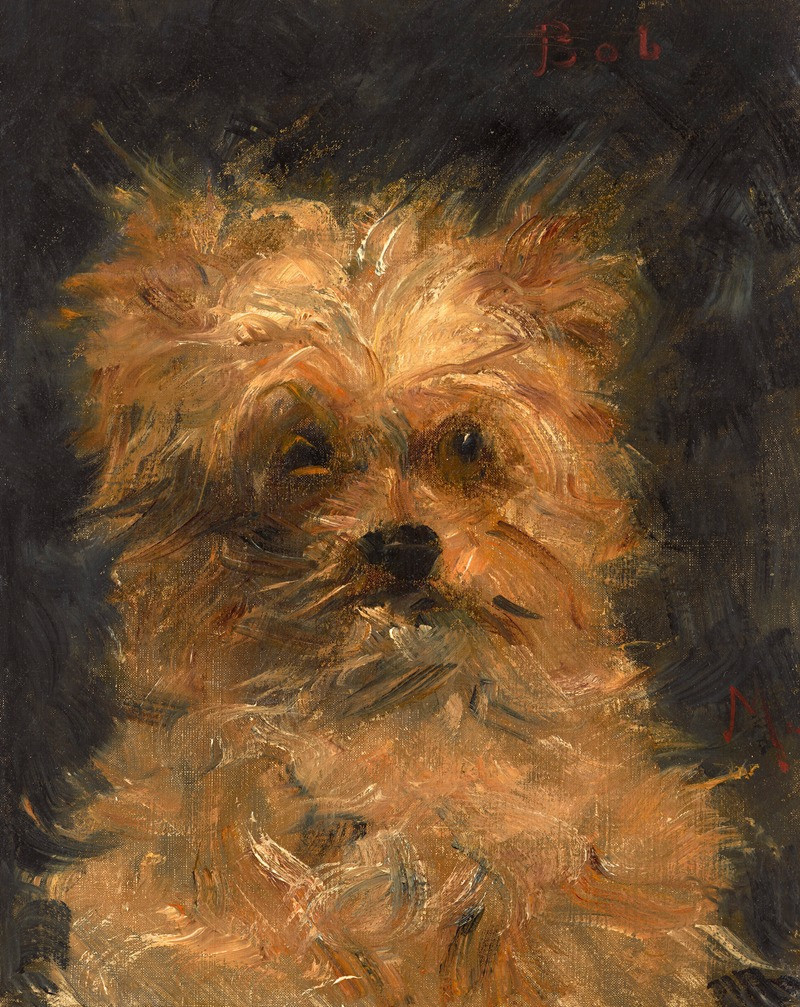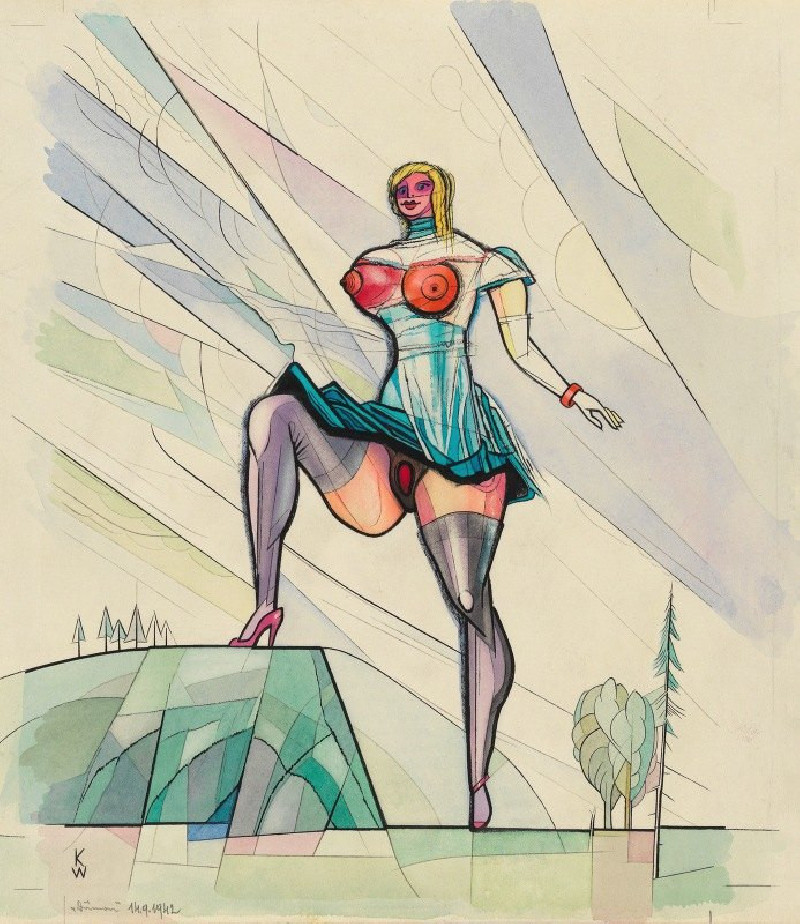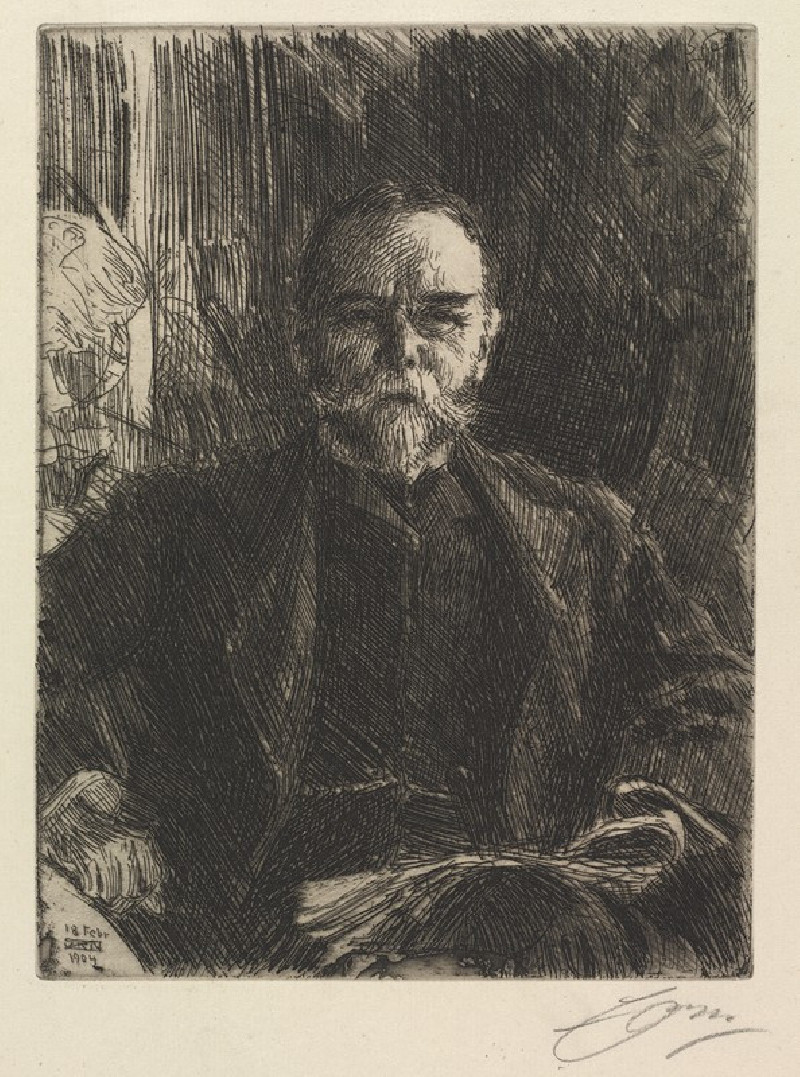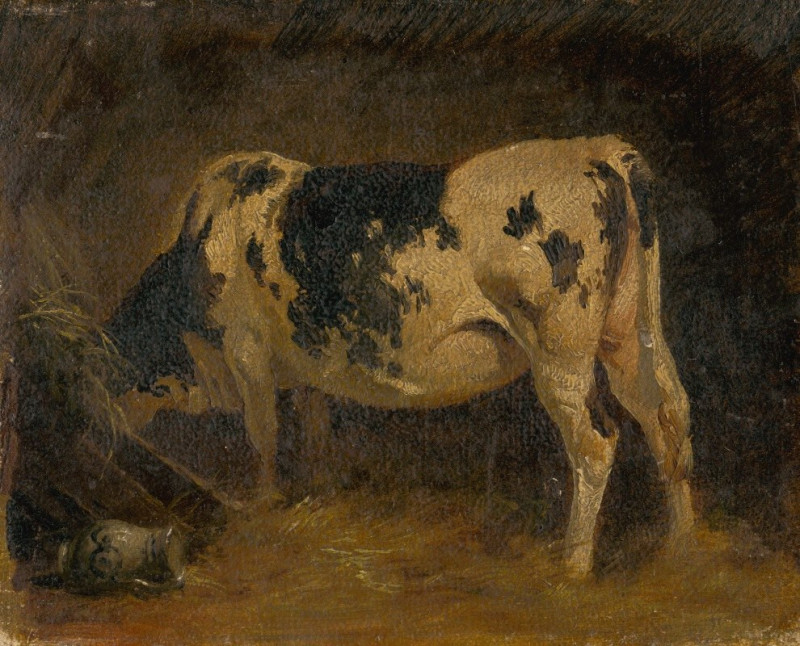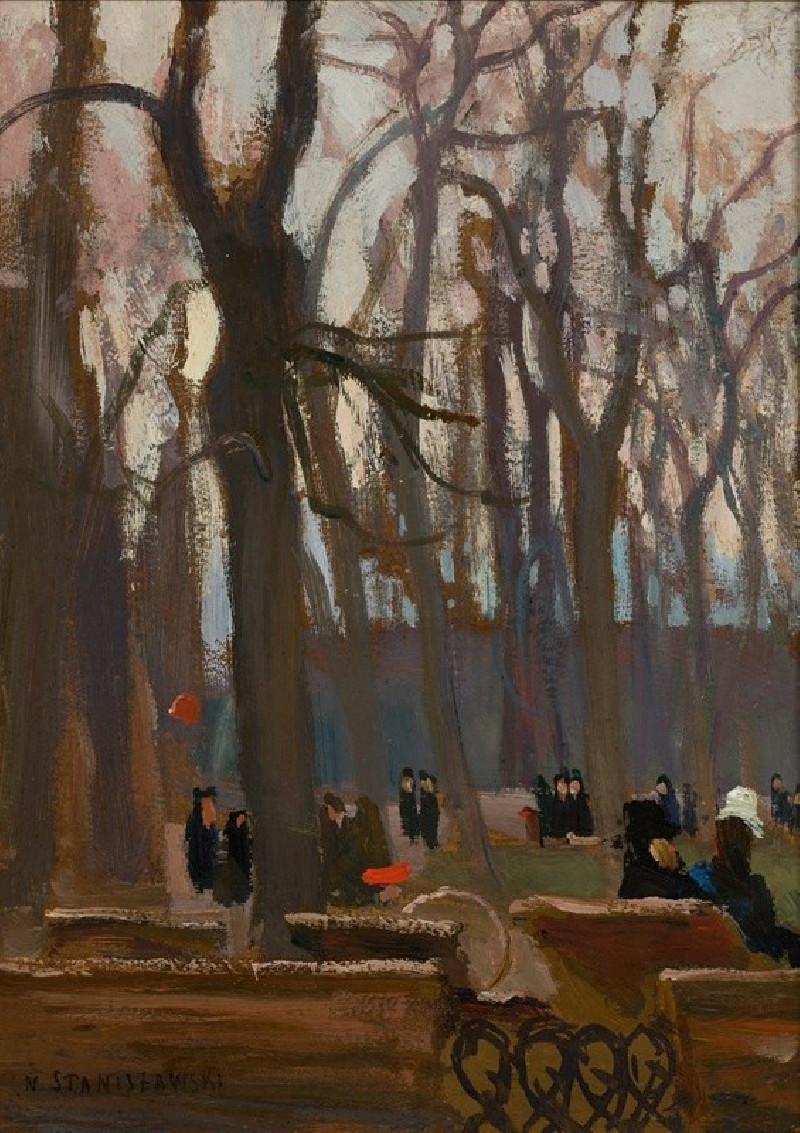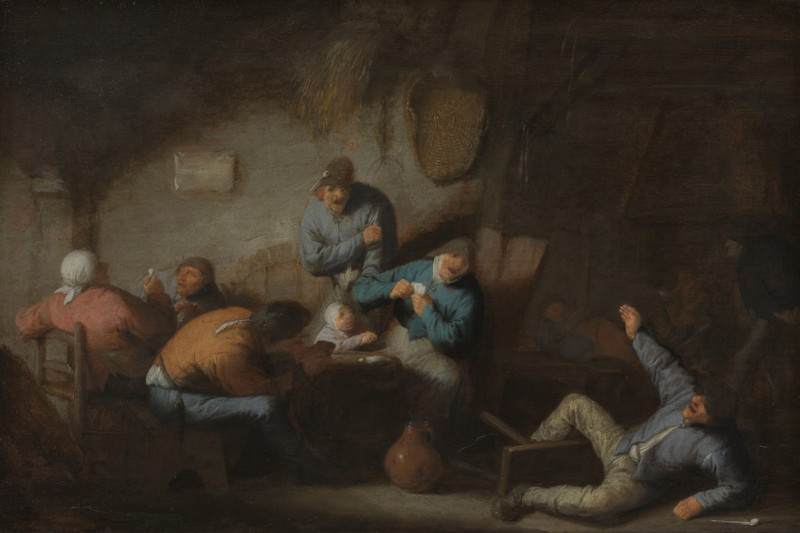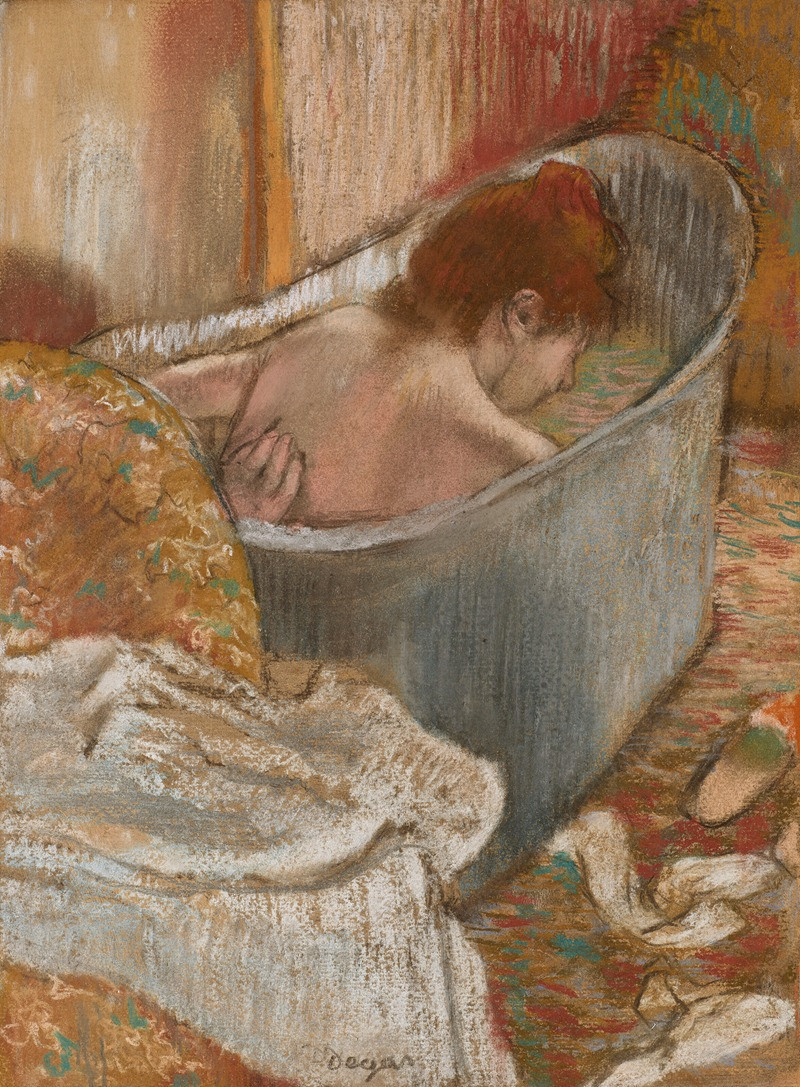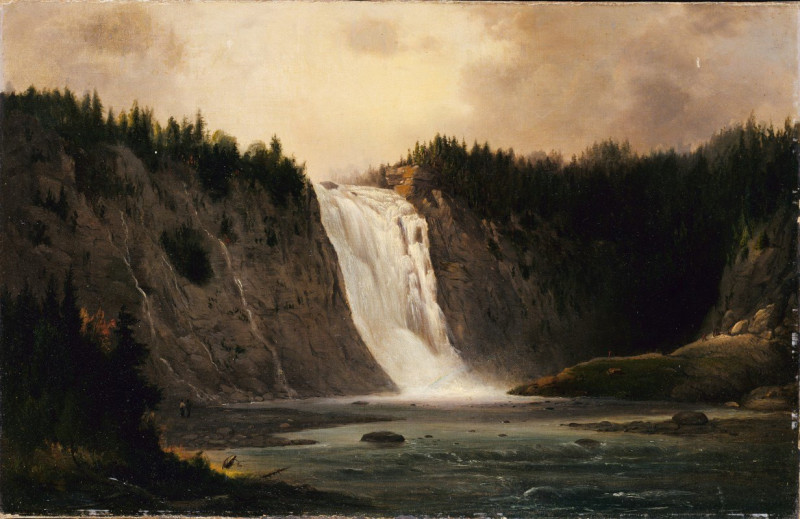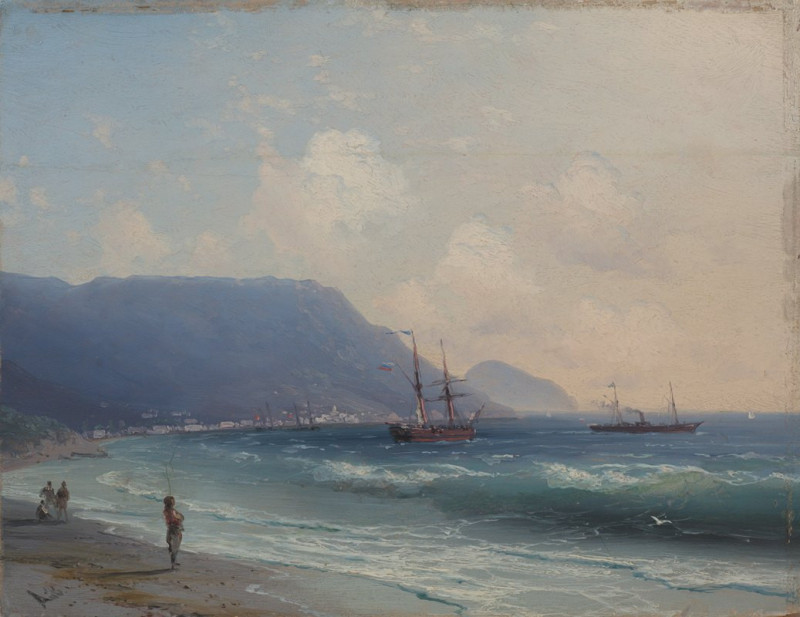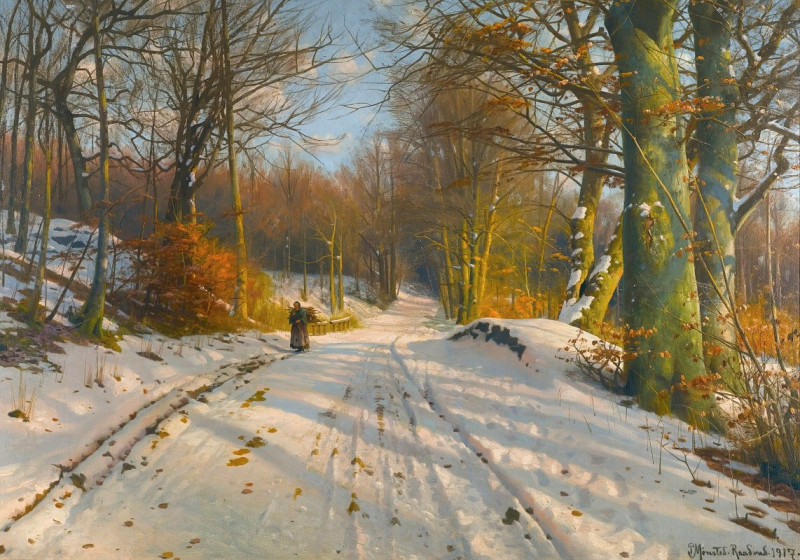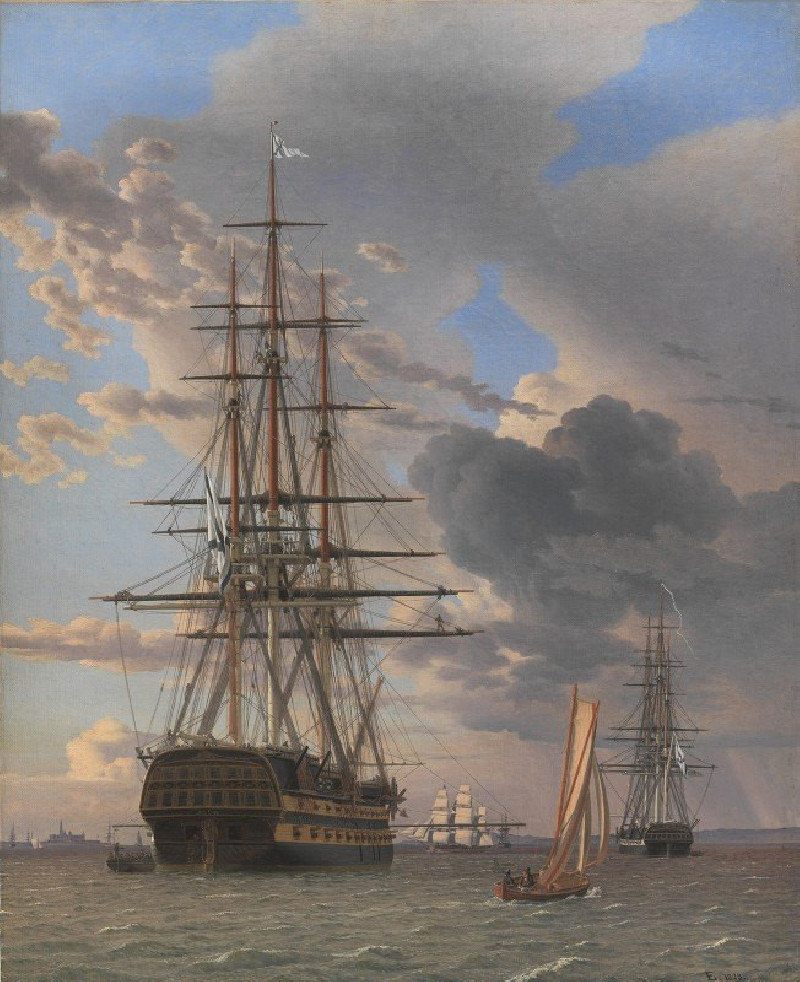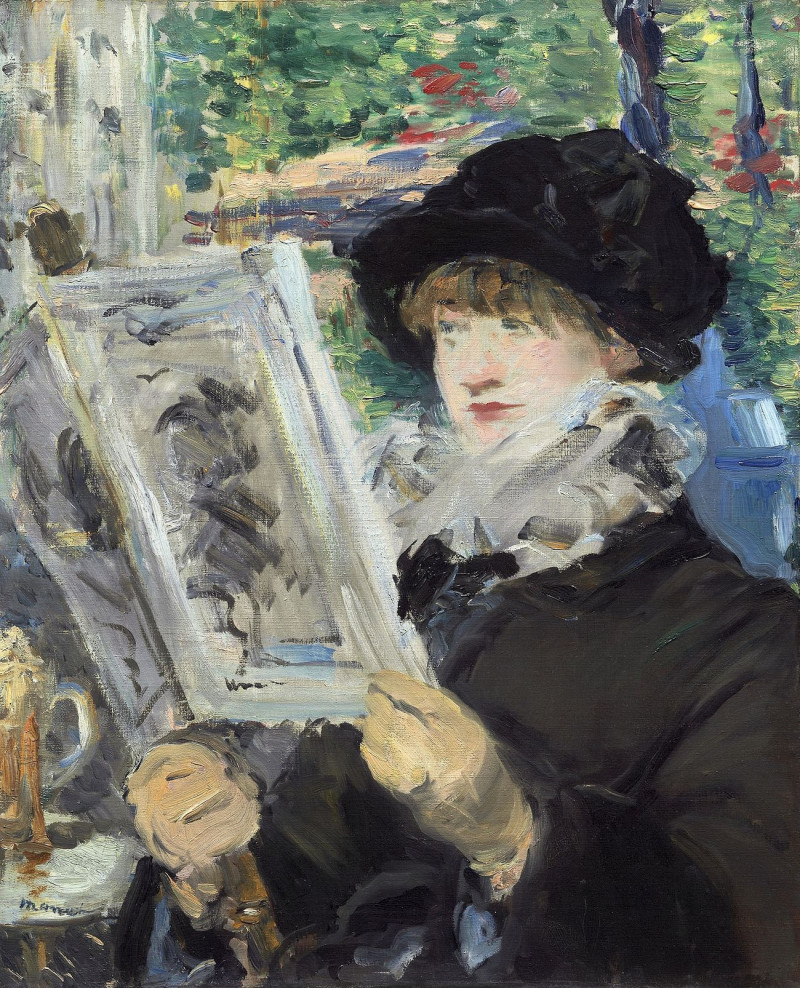Tête du chien ‘Bob’ (circa 1876)
Technique: Giclée quality print
Recommended by our customers
More about this artwork
Welcome to a closer look at Edouard Manet’s charming painting, "Tête du chien ‘Bob’" (circa 1876), a splendid piece hovering at the intersection of personal affection and artistic expression. In this remarkable portrait, Manet captures more than just the physical semblance of his pet; he delves deep into the individual character and soul of a beloved creature.At the heart of the painting is ‘Bob’, a dog rendered with an exquisite blend of warmth and realism that speaks to Manet’s mastery over the brush. Swatches of golden and russet browns mingle with whispers of white, encapsulating the fluffy texture of Bob’s fur with a vibrancy that almost invites the audience to reach out and feel it. The background, a murky blend of darker shades, serves as a stark contrast that further highlights the subject.Bob’s eyes, glinting with a perceptible spark, appear almost human in their depth and expression, conveying a palette of emotions that resonate with any viewer’s heart. Manet’s technique of loose, almost impressionistic strokes gives the painting a dynamic quality, suggestive of Bob’s lively spirit.This painting not only adds depth to our understanding of Manet’s range—usually celebrated for his depictions of human subjects and social scenes—but also provides an intimate glimpse into the personal life and affections of the artist. "Tête du chien ‘Bob’" transcends mere pet portraiture to evoke universal themes of companionship, loyalty, and the purity of love between a man and his dog.
Delivery
Returns
Édouard Manet (1832–1883) was a French modernist painter and one of the first 19th century artists to paint modern life. His impressionist style is characterized by relatively small and thin brushstrokes that create emphasis on light depiction. Manet was one of the key artists in the transition from realism to impressionism, along with Claude Monet, Edgar Degas, and Pierre-Auguste Renoir. However, he resisted involvement in any one specific style of painting, and only presented his work to the Salon of Paris instead of impressionist exhibitions. His early masterworks, The Luncheon on the Grass and Olympia, created great controversy and served as a rallying point for other young painters.

